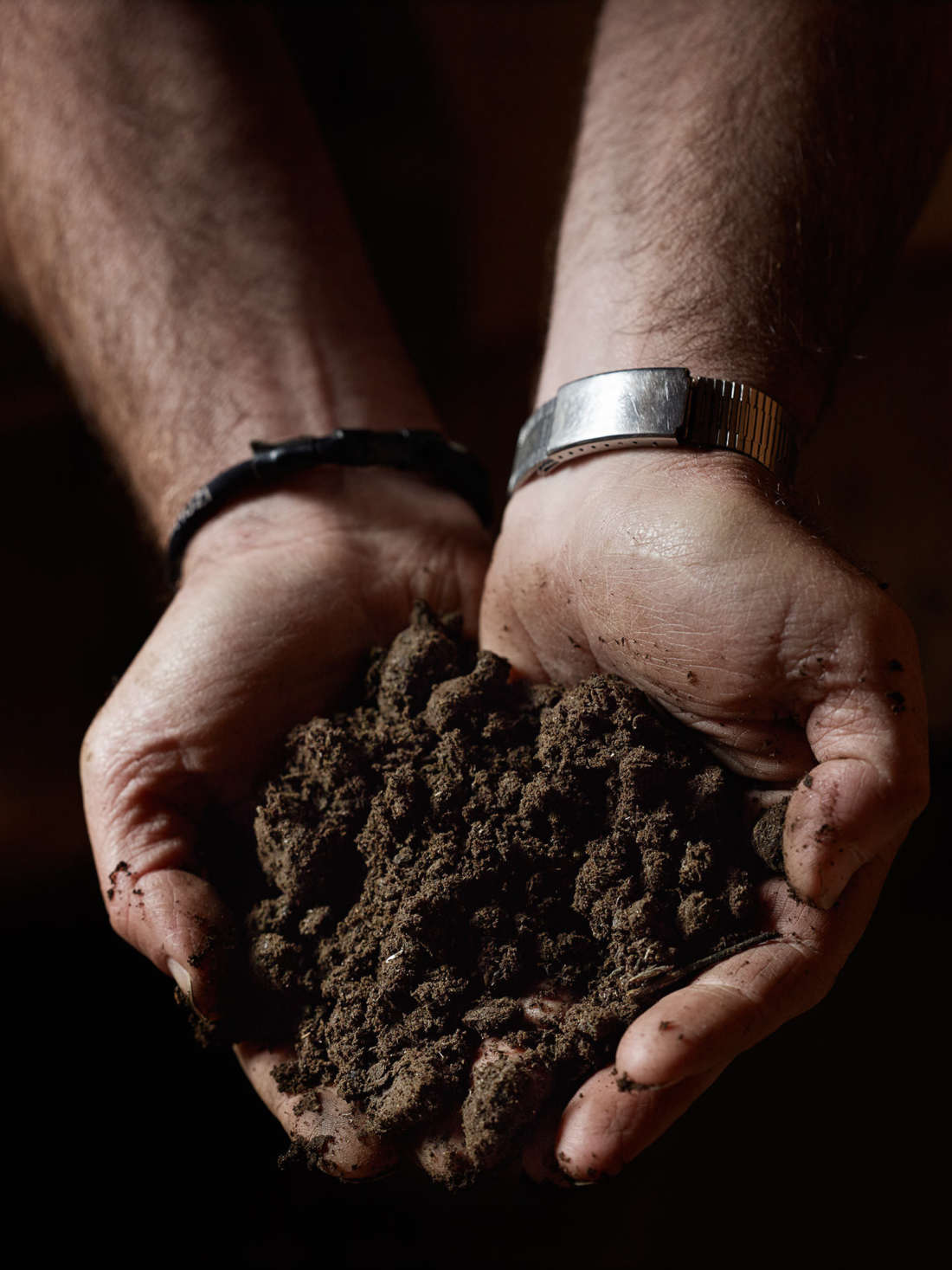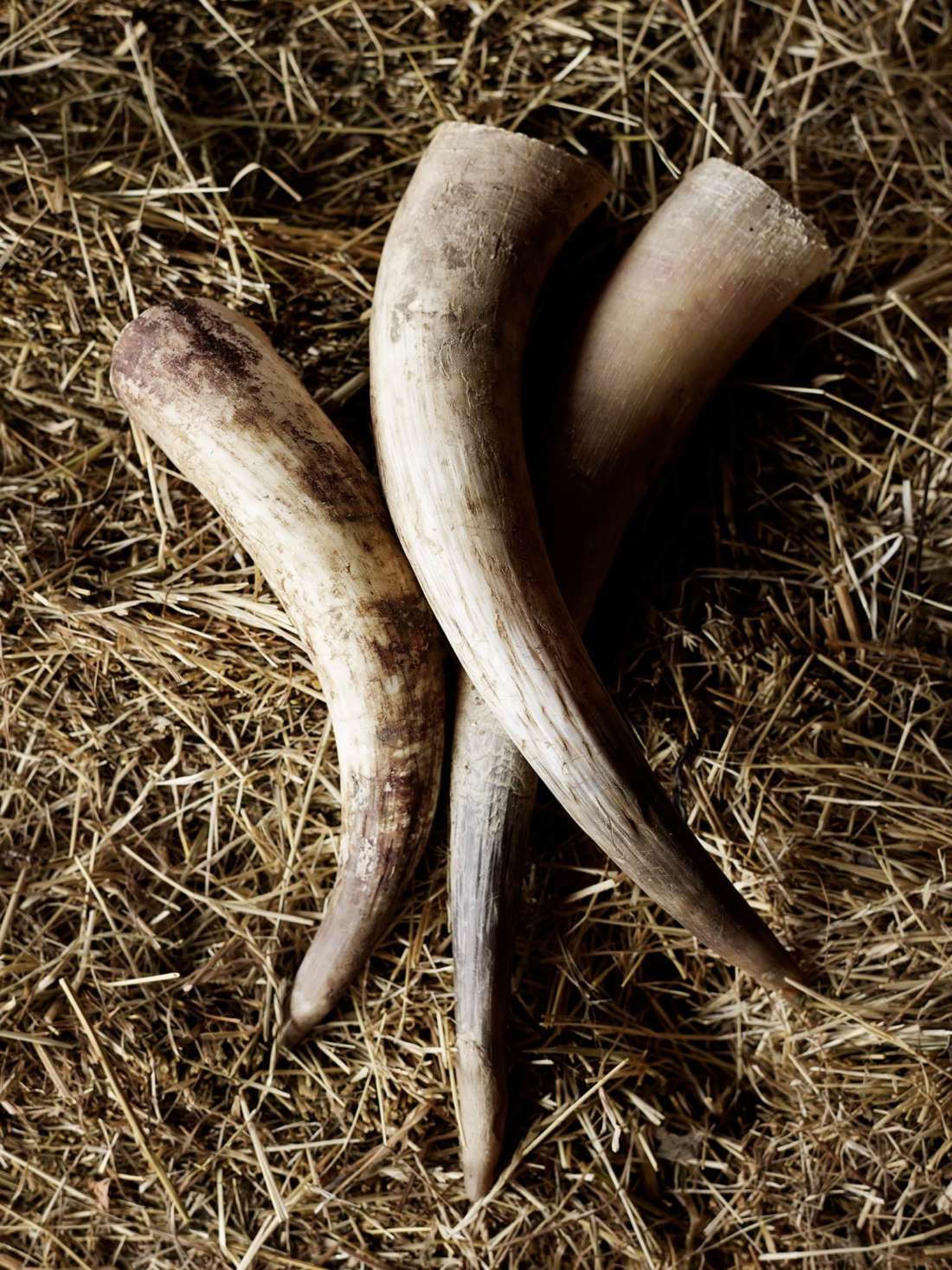Category — DIY

Not just a load of crap
I have to confess I am already a fully signed-up cow-shit lover. Woofers that stay with us at Maunga Kereru, our biodynamic lifestyle block 45 minutes north of Auckland, will tell you that you can’t stay here long without getting down and dirty with our cows’ green gold.
We own two of New Zealand’s 10 million cows. Daisy, our Jersey, and Petal, our Jersey/Galloway cross, are getting close to four years old and are becoming heavy on our land, particularly in winter when the paddocks become waterlogged. Occasionally we revisit the idea of instead getting sheep, which would be much lighter, but the truth is that no other animal produces a shit that is so garden ready. As biodynamic gardeners, our objective is to produce robust, nutrient-dense plants to feed both ourselves and our ecosystem, so we use organic manure to produce biodynamic preparations and composts. It’s fair to say it is an essential part of our gardening system. The manure is deposited on our land already full of microbes. There are over 200 different kinds of bacteria and 20 types of protozoa within the stomach of a cow to help it process grass.
Manures are measured in their nitrogen/carbon ratio. Many manures have so much nitrogen in them they will ‘burn’ the roots of plants, making the leaves brown and stunted rather than green and lush. These are called ‘hot’ manures and must always be composted with carbon-rich materials, like leaves or straw, before they are applied to the soil. Chickens, for example, have an extremely hot manure with a carbon-to-nitrogen ratio of 7/1. Cows, on the other hand, have an ideal carbon-to-nitrogen ratio of 25/1 and a pH of around 7, which is also very plant and soil friendly, meaning it can be used in your garden without the worry of over-fertilising.
We raise and feed our cows organically, very rarely needing to give them anything other than weeds and other greens such as comfrey as a means to supplement their health. When introducing a manure into a garden that is going to feed you, it is important to remember that what goes into the animal affects the quality of what comes out. Seasonally, we give our cows sulphur to help deter ticks, diatomaceous earth to fend of gut worms and some kelp to top up their diet, all of which are safe for us to digest and useful for our garden system. Most conventionally raised cows or chickens are given antibiotics at some stage of their life and ingredients with GMO components are often present in supplementary feeds.
So knowing the source of your manure is important. Happily, there are enough organic dairy farms around for most people to be able to source cow poo for themselves, and it’s a material that most people are generally happy to share.
Once you have your hands on some of this green gold there are so many good ways you can use it. Here at Maunga Kereru, our favourite ways are to bury it in the ground in a pit called a Cow Pat Pit, or in a cow horn to make biodynamic preparation 500. Both of these processes allow the faecal bacteria within the manure to disappear and a micro flora to accumulate that is very similar to that of worm castings. This micro flora includes important bacteria that is humus-forming, which stimulates root growth – particularly that of the very fine hair roots – and helps build healthy soil. Making our own cow pat pits and utilising the seasoned manure in our compost-building allows us to be extremely self-sufficient in regards to generating fertility from the land for the land. We are now making enough of both to service our entire gardening system, with an abundance of excess manure free to give away.

If this all sounds a bit complex, then you can just introduce it into your compost piles – 20 per cent per pile is considered excellent. We often turn our cow poo into a liquid slurry that we water over each layer of compost as we build our pile. This allows a spade full of cow manure to go an extremely long way. Even better, we fill buckets with this slurry and dunk our carbon (straw or leaves) into it before placing them onto the compost, ensuring this wonderful, nitrogen-rich material and water fully encompass the carbon source before being introduced to the pile. This simple process has transformed our composting more than anything else.
We have started to employ this process where we mulch with grass clippings or straw, so our mulch comes to the garden full of microbes, moisture and a reasonable amount of nitrogen. But it is important not to over-stimulate with too much nitrogen, as it encourages fast but weak growth that can be vulnerable to pests.
When I Googled ‘loving cow shit’, I was delighted to find myriad ways cow manure is being utilised as renewable resource. It seems my love of cow manure is fairly mainstream, perhaps even conservative.
Animal manure as a valuable resource is not a new idea. It has been used dried as fuel for fires for thousands of years. More recently, it has been used to generate other types of fuel such as biofuel for gas cookers and cars, and even electricity to power homes. Various new models are being rolled out at different scales to help both the subsistence farmer with a few cows in places like Africa right through to mega farms in the US, such as the Indiana-based Homestead Dairy, where a family-owned dairy farm with 110 head of cattle began turning their shit into electricity in 2013. Homestead Dairy and the 246 other US livestock farms that have installed biogas-recovery systems now transform three million tons of greenhouse gas emissions every year into enough power to supply 1000 homes. This process is equivalent to taking more than 630,000 cars off the road. At the end of 2016, there were close to 12,000 herds in New Zealand, with an average of 419 cows per herd. These very cows are currently contributing to more than a third of our annual greenhouse gas emissions.
I am particularly fond of the poo-to-product ideas being explored that utilise this abundant renewable resource while also replacing traditional products that require excavating earth or felling trees. A few good examples include a group of Indonesian business students who created what they referred to as the EcoFaeBrick as part of their study in 2009. Their brick, made of 75 per cent cow manure, was not only 20 per cent lighter than a normal clay brick but also 20 per cent stronger, and was cured using heat generated from cow manure biogas that was a by-product of their process. Manure is also being turned into paper, fabric and plastic – the cellulose is separated from the liquid and turned into paper, and the wetter parts containing acids are used to create cellulose acetate, a natural liquid plastic. The bonus of products like these are that the thin fibres that are formed from the liquid and turned into textiles or bio-plastic behave like products that are derived from petroleum but are in fact biodegradable. In our book, using shit in this way is the shit!
Bearing in mind that a cow capable of pooping an average of 29.5kg of manure a day is producing close to 12 tons (908kg) of shit a year, we at Maunga Kereru have 24 tons of shit a year to get creative with. What could we do with the 120,000,000 tons the 10 million cows in New Zealand are creating each year? A reimagining of their waste into ways to transition into regenerative organic and biodynamic farming systems, sustainable power sources or biodegradable products could play a part in our future and transform our national emissions liability into a gold green economy.
sites.google.com/view/homesteaddairy
sites.google.com/view/homesteaddairy/digester
By Sarah Smuts-Kennedy. Photos: Aaron McLean.